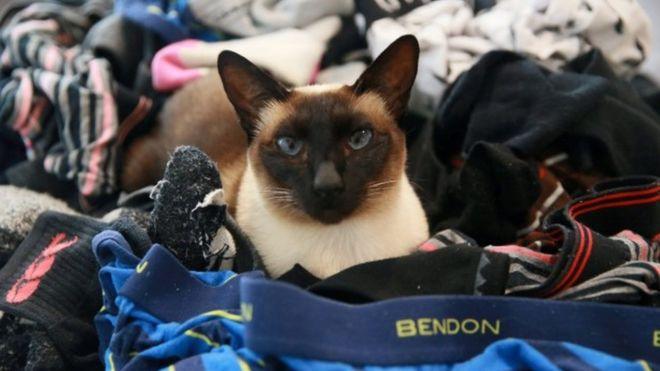The Egyptian vultures using red mud as 'make-up'
- Published
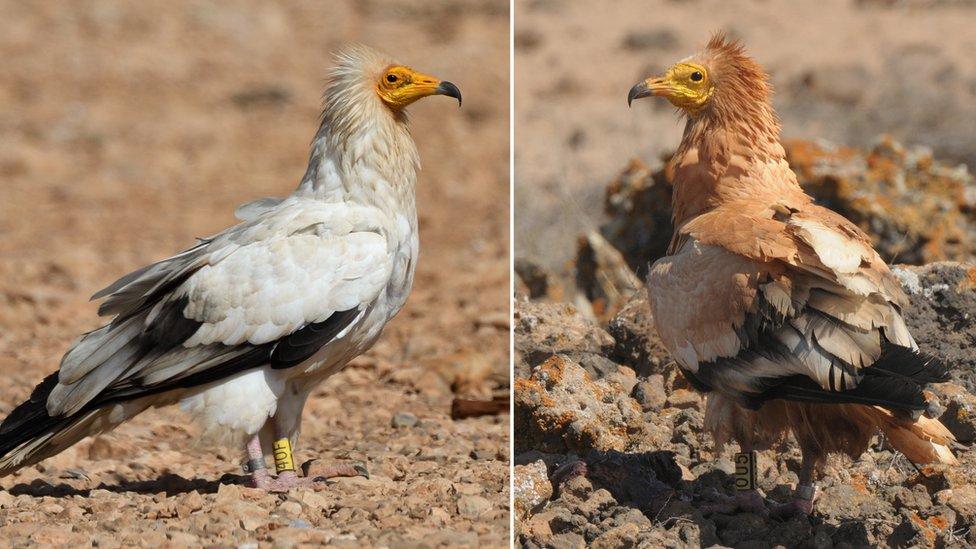
Bare-faced or bronzed-up: Which look do you prefer?
You've probably heard of animals camouflaging themselves, or birds like peacocks showing off their most brightly coloured feathers.
But what about wearing make-up, or dyeing their feathers?
A species of vulture, which has a yellow face and white feathers, has been spotted trying to colour themselves red.
Egyptian vultures dip their heads in soil and rub it from side to side, to dye their head, neck and chest darker.
The birds are found on Fuerteventura in the Canary Islands, off the coast of west Africa.
But it seems some vultures want to change their look more than others. Some only use a little mud, going for a pale brown shade, while others want to be a deep crimson.
Watch Egyptian vultures rubbing their faces in red mud (video courtesy of Thijs van Overveld)
The idea of animals painting themselves - in this case by taking a mud bath - is called "cosmetic colouration".
Scientists say it's a rare phenomenon among birds, and whether they choose to do it or not doesn't depend on the age, or whether the bird's male or female.
So why do they do it?
Well there are a number a possible reasons. The scientists had been wondering if it was for health reasons, to keep bacteria and viruses away.
But then again, if bathing was so good for birds, then why wouldn't more take mud baths?
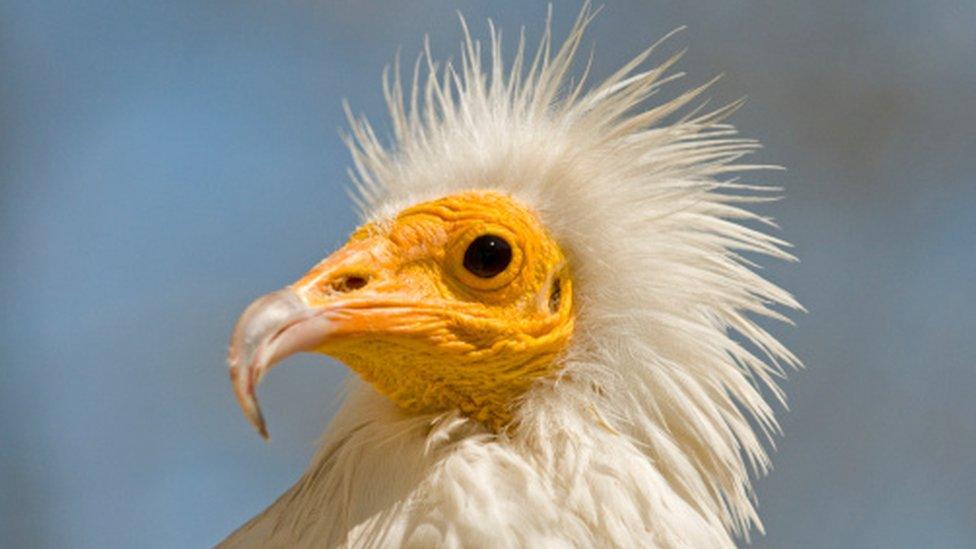
One other type of vulture - the bearded vulture - also bathe in mud, but they do it in secret. Scientists think the reason might be to show their importance and authority to other birds of the same kind as they spend a lot of their time alone.
Egyptian vultures could do it for the same reason. The researchers say as only some birds paint themselves, the bird do are perhaps trying to show they are something special.
And it seems these vultures are prepared to go extreme lengths to improve their appearance.
A few years ago scientists in Spain reported that Egyptian vultures had been seen eating cow dung and pecking at droppings to keep its face bright yellow.
And it's all to attract a mate, by showing off what healthy and strong birds they are. Typical!
- Published19 January 2016
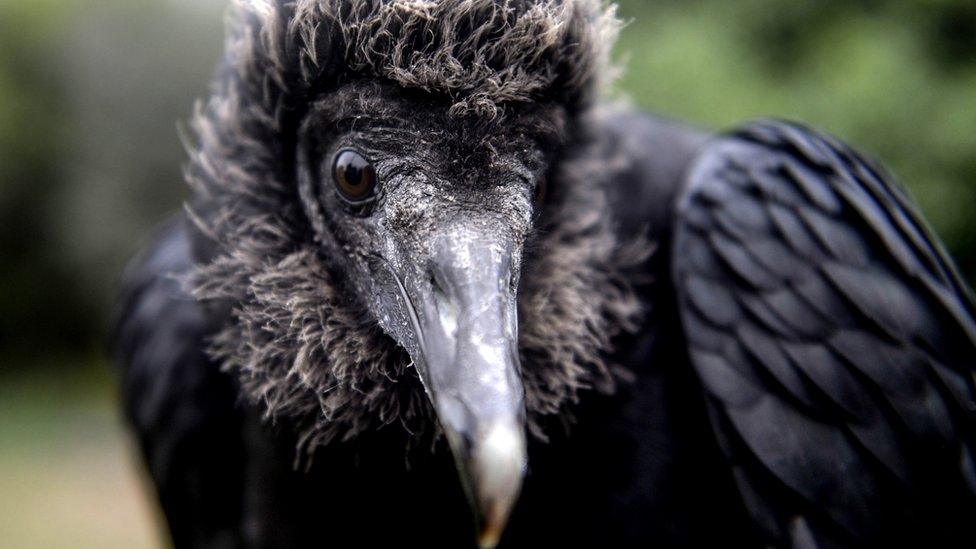
- Published12 September 2013
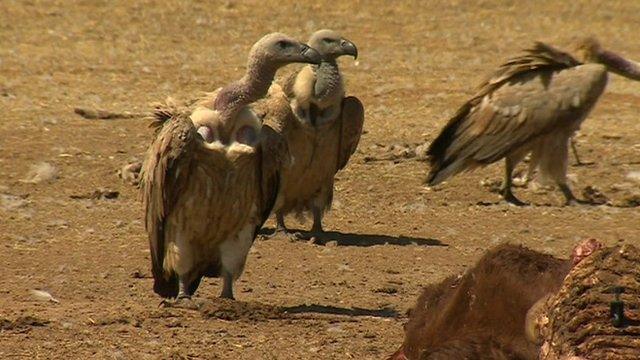
- Published11 January 2017
